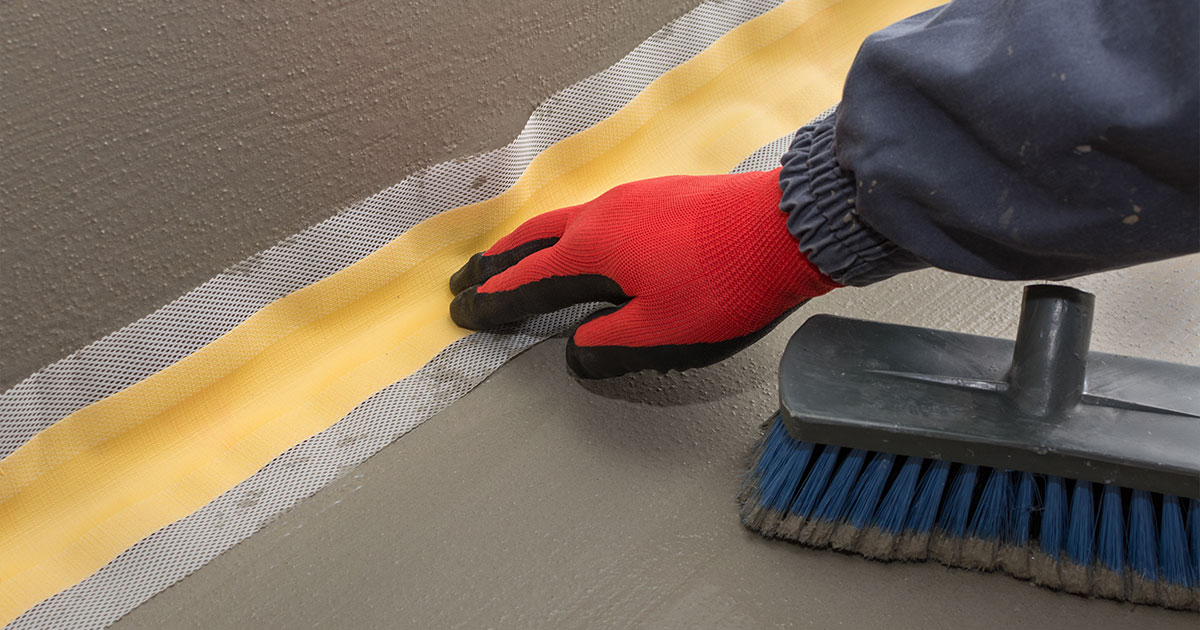Water-proofing is a critical aspect of upkeeping any dwelling or building, yet it often goes unnoticed until concerns arise. As water invades facilities, it can result in expensive repairs, compromised safety, and even issues due to mold and mildew growth. Grasping the importance of waterproofing is vital for every homeowner, as it not only safeguards against prompt damage but also enhances the overall lifespan and equity of a piece of real estate.
This resource explores the fundamentals behind waterproofing, shedding light on why it is necessary, the multiple methods available, and how efficient waterproofing can save you considerable amounts in future repairs. Moreover, we will dispel frequent myths surrounding waterproofing techniques and equip you with the information to recognize indicators that your home may need attention. Whether you are seeking to waterproof your basement, roof, or restroom, understanding the basics of water-proofing will allow you to make educated decisions for your property.
The Value of Moisture Protection in Residential Properties and Structures
Moisture protection is a vital aspect of maintaining the integrity and longevity of residential properties and buildings. It acts as a barrier against moisture infiltration, which can lead to a variety of issues, including damage to the structure, mold growth, and health problems. Without adequate waterproofing, real estate are vulnerable to damage caused by water that can undermine not only the physical structure but also the quality of air quality indoors. This makes waterproofing crucial for ensuring a secure and wholesome home environment.
In addition to safeguarding against damage from water, waterproofing can yield significant cost savings over the long term. Repairing water damage often involves substantial work, from repairing the structure to removing mold, which can be financially burdensome. By proactively more information , homeowners and building managers can avoid these issues from arising, which saves a significant amount of money in future repairs. This proactive step is an investment that yields returns in the long run, reinforcing the importance of tackling waterproofing requirements promptly.
Furthermore, proper waterproofing plays a role in energy efficiency within a building. By keeping moisture out, buildings can maintain consistent temperatures, reducing the need for high heating or cooling. This not only lowers utility bills but also improves overall comfort. As efficient energy use becomes increasingly important, the function of waterproofing in eco-friendly building practices is clear, making it a key consideration for both newly constructed and older structures.

Critical Waterproofing Techniques and Solutions
One of the most powerful techniques for moisture-proofing is the use of protection systems, which create a barrier against moisture intrusion. These systems can include specific membranes applied to both interior and exterior surfaces, such as partitions and bases. By sealing off potential access points, these protections prevent water from penetrating the building, reducing the chance of water damage significantly. Choosing the suitable type of membrane for your specific needs is important, as different materials offer different levels of strength and resistance.
Another important solution is effective drainage management. Installing a well-designed drainage system around your home can redirect water away from vulnerable areas, such as cellars and foundations. This can include drainage systems, water pumps, and drain pipes that are directed away from the building. Adequate drainage not only reduces moisture accumulation but also enhances the lifespan of moisture-proofing systems and protects your home from the devastating effects of water damage and moisture.
In addition to protection systems and drainage, the use of waterproof coatings is vital for enhancing the protection of surfaces susceptible to moisture exposure. These coatings can be used on ceilings, walls, and decks to create a waterproof layer that resists moisture and prevents fungus development. Selecting the right coating is essential to ensure it withstands environmental conditions, thus extending the lifespan of your moisture-proofing solutions. Routine maintenance and checks are also crucial to ensure that these defensive measures remain effective over time.
Financial Consequences of Ignoring Waterproofing
Disregarding waterproofing can lead to significant financial implications for homeowners and building managers. Water damage can threaten structural integrity, demanding costly repairs or even renovations. A single leak can transform into major damage, affecting walls, floors, and foundations. This not only increases repair costs but can also lead to a drop in property value, making any future sale more complex.
In addition to structural repairs, the costs associated with mold and mildew removal can add up quickly. Mold grows in damp conditions, leading to possible health risks and demanding professional remediation services. The longer the moisture issue persists, the more significant the damage becomes, ultimately costing far more than initial waterproofing measures would have.
Furthermore, disregarding waterproofing can lead to increased energy bills. Damp building materials can lead to greater energy loss, forcing HVAC systems to work harder to maintain comfortable temperatures. By putting money into waterproofing solutions upfront, property owners not only save money on repairs but also enjoy long-term savings on energy costs, boosting overall building efficiency.
